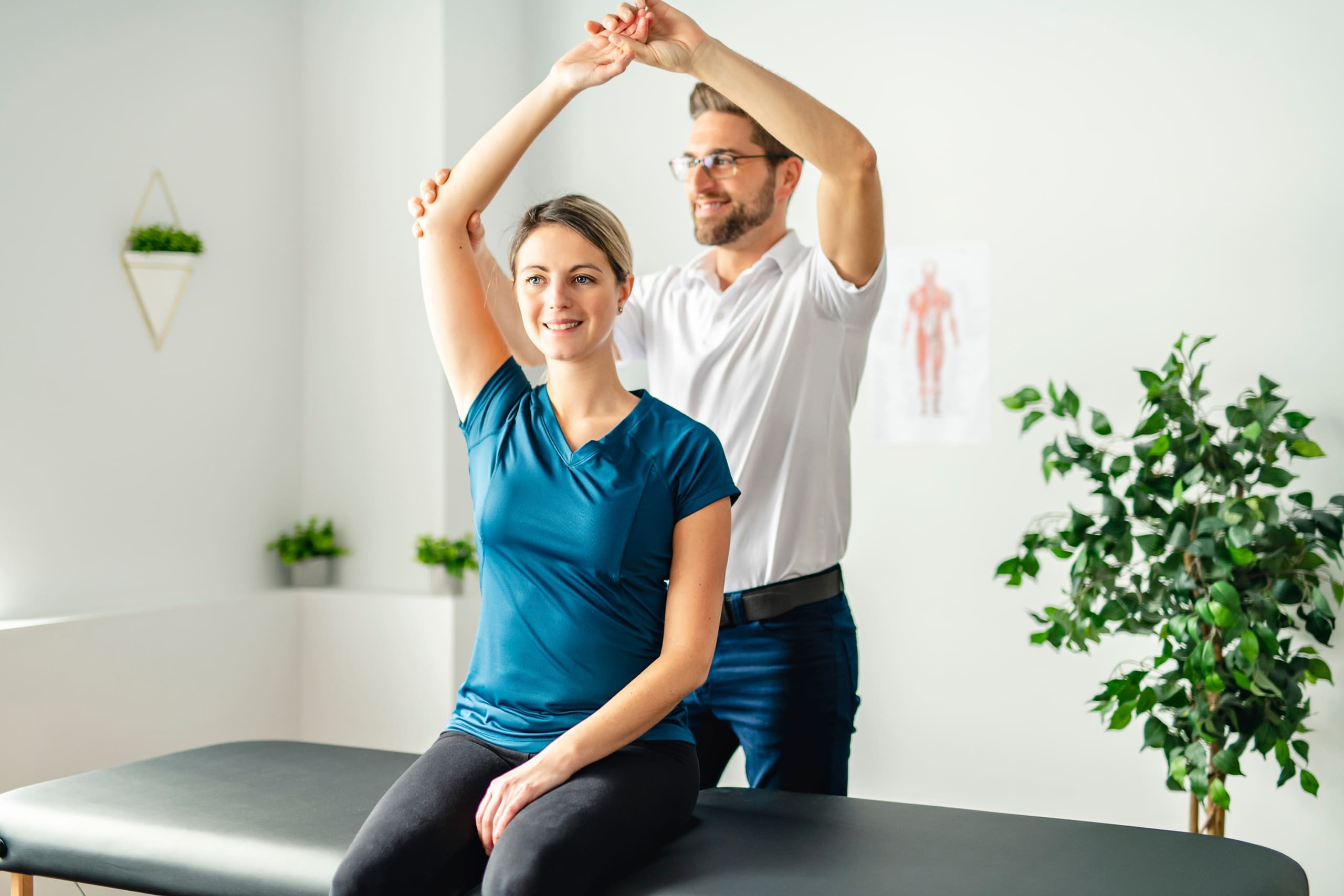Exploring the Diverse Methods of Physical Therapy for Improved Healing and Rehabilitation
Exploring the Diverse Methods of Physical Therapy for Improved Healing and Rehabilitation
Blog Article
Physiological therapy is an important field that assists people recover from traumas, operations, and various health conditions. It involves a variety of methods designed to enhance movement, reduce pain, and boost overall physical function. Physiotherapy practitioners are trained experts who evaluate each client’s needs and create customized treatment plans. These plans often include workouts, hands-on treatment, and education about physical mechanics. By employing these varied techniques, physiotherapy can substantially improve a patient’s quality of life.
One common technique used in physiotherapy is rehabilitative activity. This includes targeted movements and activities that help strengthen muscles, enhance range of motion, and increase endurance. For instance, a patient recovering from leg operation may engage in workouts that focus on restoring power in the lower limb muscles. These activities are meticulously selected based on the patient’s condition and objectives. By gradually boosting the difficulty and challenges of the activities, physical practitioners can assist clients regain their strength and mobility over a period.
Another important technique is hands-on treatment, which includes hands-on approaches to adjust the body’s soft muscles and articulations. This can involve flexibility exercises, joint movement, and massage. Hands-on treatment aims to alleviate pain, reduce swelling, and enhance circulation. For example, a practitioner may apply gentle force to relieve tension in stiff muscles or to help a articulation move more freely. This method is often combined with other treatments to improve recovery and encourage healing. Clients often find hands-on therapy click here for more info to be a soothing and beneficial way to manage their discomfort.
In furthermore to exercises and hands-on therapy, instruction plays a crucial part in physical. Practitioners instruct clients about their conditions and how to handle them effectively. This may include advice on proper alignment, body movements, and techniques to avoid future traumas. For example, a therapist might demonstrate a patient how to raise heavy items safely to avoid straining their back. By enabling patients with understanding, physical practitioners help them assume an engaged part in their recovery and promote long-term wellness and well-being.
Ultimately, technology is progressively being integrated into physical practices. Tools such as sonography, electrical impulses, and immersive reality can improve conventional treatment methods. These tools can help reduce discomfort, encourage recovery, and provide interactive ways for patients to engage in their recovery. For example, virtual environments can generate immersive settings for patients to rehearse actions in a safe and protected environment. As technology continues to evolve, it provides exciting possibilities for enhancing recovery results in physical.
In summary, physical includes a variety of methods that function in unison to assist rehabilitation and rehabilitation. Through therapeutic activities, manual treatment, client education, and the application of technology, physical therapists provide holistic treatment customized to each individual’s requirements. This holistic approach not only assists clients regain their bodily capabilities but also enables them to maintain their health in the long-term run. As more individuals recognize the benefits of physiotherapy, it continues to serve a vital part in the journey toward enhanced health and fitness.